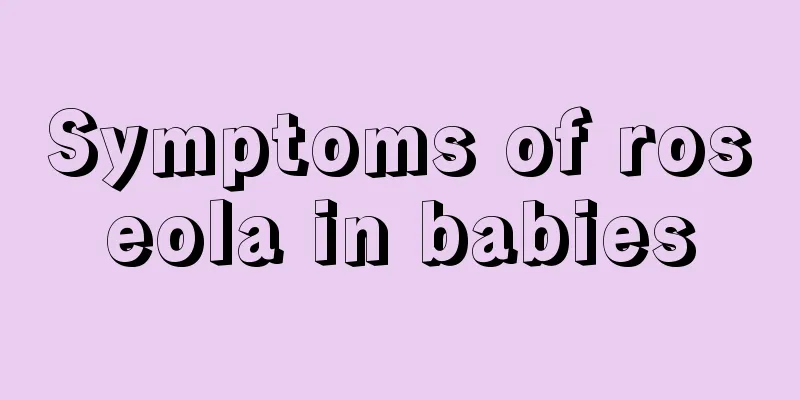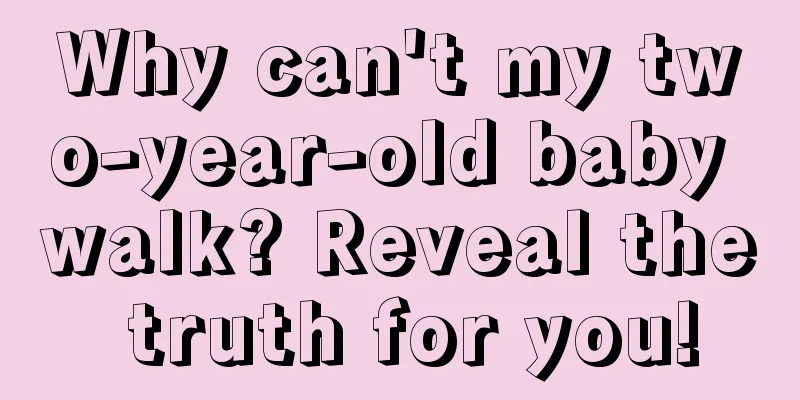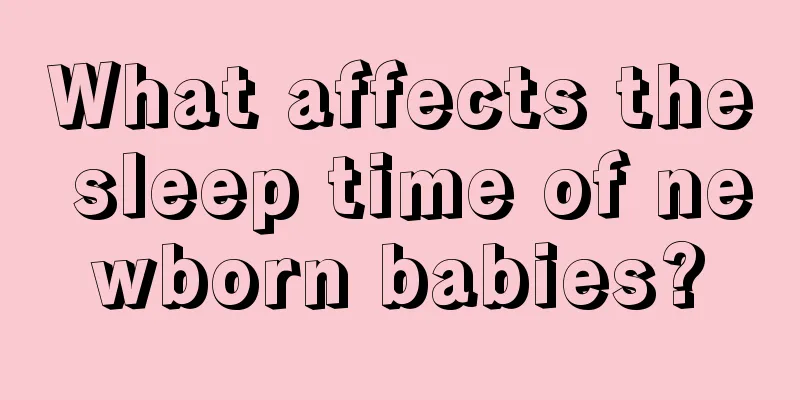What are the dangers of a child having a high fever?

|
When a child is sick, parents are the most worried. When a child shows some symptoms of illness, effective care should be provided in a timely manner. For children, some diseases that seem simple actually hide great dangers. For example, when a child has a high fever, parents should pay attention to it. If the child's high fever is not treated in time, it will cause serious consequences to the child and pose many dangers to the child. 1. High fever cramps Generally speaking, children under 6 months old or over 6 years old will not suffer from cramps due to high fever. Among children aged 1 to 6 years old, only 2% to 5% will experience this type of cramps. Cramps often occur when a high fever suddenly occurs. Cramps only occur once per fever and rarely more than twice. As long as the convulsions do not last long and are handled properly, they will not have much impact on the child's health. But repeated or persistent cramps can cause cerebral hypoxia and damage the brain. 2. "Brain damage" Generally, fever has little effect on the body's tissues and organs, and can accelerate the development of resistance. When the body temperature exceeds 41°C, proteins in the body will decompose, causing cerebral edema and resulting in death or sequelae of encephalopathy in the child. Therefore, if a child has a high fever above 40°C, emergency treatment is required. 3. Dehydration In the hot summer, children lose more water through breathing and skin than in other seasons, and the amount is even greater when they have a fever. For every 1°C increase in body temperature, the amount of water lost per kilogram of body weight per hour increases by 0.5 ml. When you sweat profusely while taking antipyretics, you lose more water from your body. Dehydration not only makes it difficult to reduce fever (dehydration itself can cause fever in young infants), but also affects metabolism and blood circulation, causing acidosis, etc. Therefore, children with high fever must be encouraged to drink water and, if necessary, receive intravenous drips under the guidance of a doctor. 4. Hypernatremia or hyponatremia with fever and initial dehydration The sodium concentration in the blood increases and the blood becomes hyperosmotic, causing extreme thirst, irritability, and even nonsense or cramps. The fever will not only not subside but will become even higher. If the fever persists for a long time and the diet is not appropriate, hyponatremia will occur, and the child will become extremely tired and even apathetic or comatose. These conditions are more common in infants and young children who are usually malnourished. |
<<: What to do if your child is allergic to shrimp
>>: What to do if your child is listless after having diarrhea
Recommend
How to treat mental retardation in teenagers
Nowadays, there are many people in life who have ...
Traditional Chinese medicine for treating infant eczema
I believe that everyone is very familiar with the...
Methods of calcium supplementation for full-month babies
Many parents and friends have overlooked a proble...
How to lay a newborn baby on his tummy
Newborns know nothing right after they are born, ...
What kind of fruit is good for babies with colds and fever?
Babies are a weak group with poor physical resist...
What kind of daily care is needed for babies suffering from eczema?
Nowadays, many babies suffer from skin diseases s...
Symptoms of fright in eight-month-old babies
The body of an eight-month-old baby is still rela...
Children's character formation period
Children's growth requires parents to be by t...
Signs of delayed development in girls
The characteristics of late development in girls ...
How to deal with toothache caused by tooth decay in children
Many children love to eat sweet foods such as can...
How to correct left-side torticollis in babies
Torticollis in babies has become a common symptom...
What causes children to twitch while sleeping?
Children are generally restless when they sleep, ...
Is phimosis serious in children?
Children’s physical health is the biggest concern...
What are the symptoms of nasal polyps in children?
Nasal polyps can occur not only in adults, but al...
What should I do if my baby walks unsteadily after having a fever?
Babies are very susceptible to viral infections, ...









